Retro Replay Review
Gameplay
A Line in the Sand faithfully adapts the classic TSR board wargame into a digital format, offering deep strategic turn-based gameplay that will appeal to both veterans of hex-and-counter titles and newcomers to modern wargames. Players alternate moving land, air, and sea units across a detailed map of the Middle East, making every decision—from choosing which units to deploy to determining the timing of an air strike—carry tangible weight on the shifting front lines.
(HEY YOU!! We hope you enjoy! We try not to run ads. So basically, this is a very expensive hobby running this site. Please consider joining us for updates, forums, and more. Network w/ us to make some cash or friends while retro gaming, and you can win some free retro games for posting. Okay, carry on 👍)
The basic game mode focuses purely on military tactics, pitting coalition forces against Iraqi defenders in recreations of the Gulf War and hypothetical clashes involving Iran, Israel, and Saudi Arabia. Unit types vary widely, from mechanized infantry and armored battalions to fighter jets and naval vessels, each bringing unique strengths and vulnerabilities. Managing supply lines, contesting key terrain, and coordinating multi-branch operations add layers of depth to each turn.
For those craving an extra layer of complexity, the diplomatic mode introduces political decision-making alongside battlefield maneuvers. Players must negotiate alliances, manage international pressure, and weigh the cost of escalating conflicts. Whether securing foreign aid or defusing regional tension, every diplomatic choice feeds back into force readiness and scenario objectives, creating a dynamic interplay between strategy and statecraft that keeps each campaign fresh and unpredictable.
Graphics
While A Line in the Sand may not rival cutting-edge 3D visuals, its crisp, functional 2D map and unit icons deliver clarity and ease of use. Hexagonal terrain tiles—ranging from desert plains to mountain passes—are distinct and color-coded, allowing you to assess movement costs and defensive bonuses at a glance. Units are represented by easily recognizable silhouettes and numerical counters, preserving the feel of the original board game without sacrificing readability.
The user interface strikes a balance between accessibility and comprehensive information. Tooltips and status panels provide real-time data on unit strength, fuel levels, and supply status, minimizing guesswork and streamlining turn resolution. Animations for movement and combat are brief but effective, offering visual feedback without dragging down the pace of play.
Menus for scenario selection, diplomacy, and settings are straightforward, with text and iconography laid out logically. While customization options for UI colors and fonts are limited, the default scheme ensures that even lengthy sessions remain easy on the eyes. Overall, the graphical presentation may lean toward utilitarian, but it excels at conveying essential strategic information efficiently.
Story
Rather than a traditional narrative campaign, A Line in the Sand immerses you in a tapestry of historical and “what-if” scenarios centered on Middle Eastern geopolitics. Each scenario comes with a brief background summary that sets the stage—whether reenacting the 1991 Gulf War or envisioning a potential Israeli-Iranian standoff—providing context for your strategic objectives.
The strengths of the “story” here lie in emergent gameplay: the ebb and flow of battlefield fortunes, shifting alliances, and the unpredictable outcomes driven by player choices. As factions gain or lose ground, the political landscape transforms organically, creating mini-narratives that rival scripted campaigns in drama and replay value.
Diplomatic engagements further enrich the storyline by introducing non-combat events: foreign aid offers, ceasefire negotiations, and regional uprisings all appear at critical junctures. These narrative interrupts break up the operational pacing with tense decision points, ensuring that the “story” feels dynamic rather than static text between battles.
Overall Experience
A Line in the Sand offers a rewarding blend of strategic rigor and political intrigue that will satisfy fans of serious wargaming. The dual focus on military maneuvers and diplomacy ensures that no two playthroughs feel identical, while the straightforward interface keeps the learning curve manageable. Whether you tackle scenarios solo against the AI or sit across the table from a human opponent, the balance between accessibility and depth remains impressive.
The AI presents a credible challenge in both modes, deploying forces intelligently and reacting to diplomatic overtures with plausible alliances and betrayals. Multiplayer options let you test your mettle against friends or distant rivals, adding a competitive edge that extends the game’s lifespan far beyond its included scenarios.
While niche in scope, A Line in the Sand stands out in the crowded field of strategy titles by faithfully translating a beloved board game’s complexity into a digital format. If you’re drawn to thoughtful, methodical wargames that blend tactical planning with geopolitical maneuvering, this adaptation delivers an engrossing experience that keeps you strategizing long after the final turn.
 Retro Replay Retro Replay gaming reviews, news, emulation, geek stuff and more!
Retro Replay Retro Replay gaming reviews, news, emulation, geek stuff and more!
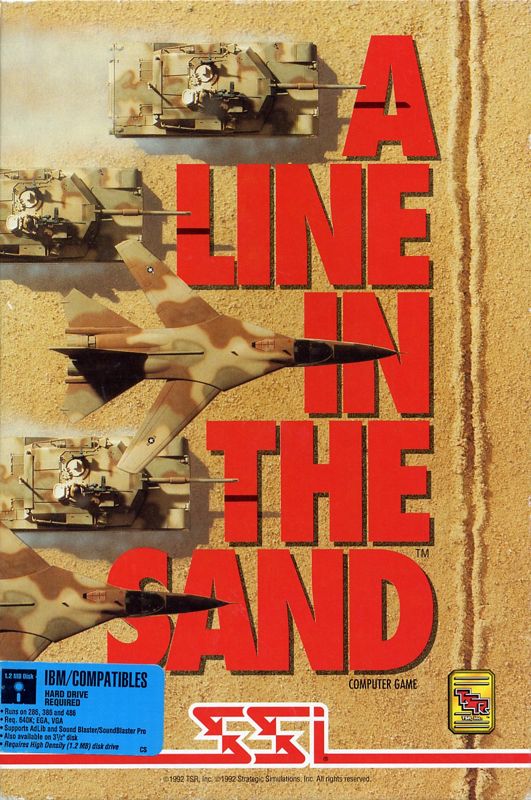
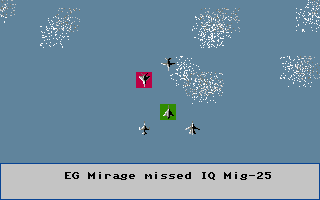

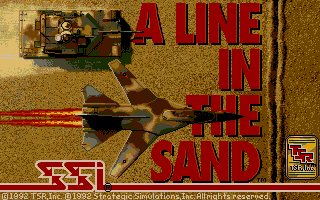
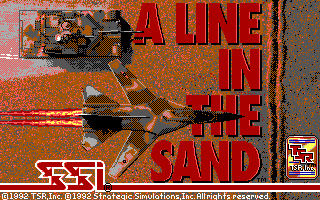
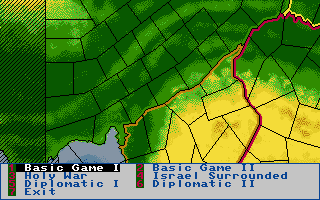



Reviews
There are no reviews yet.